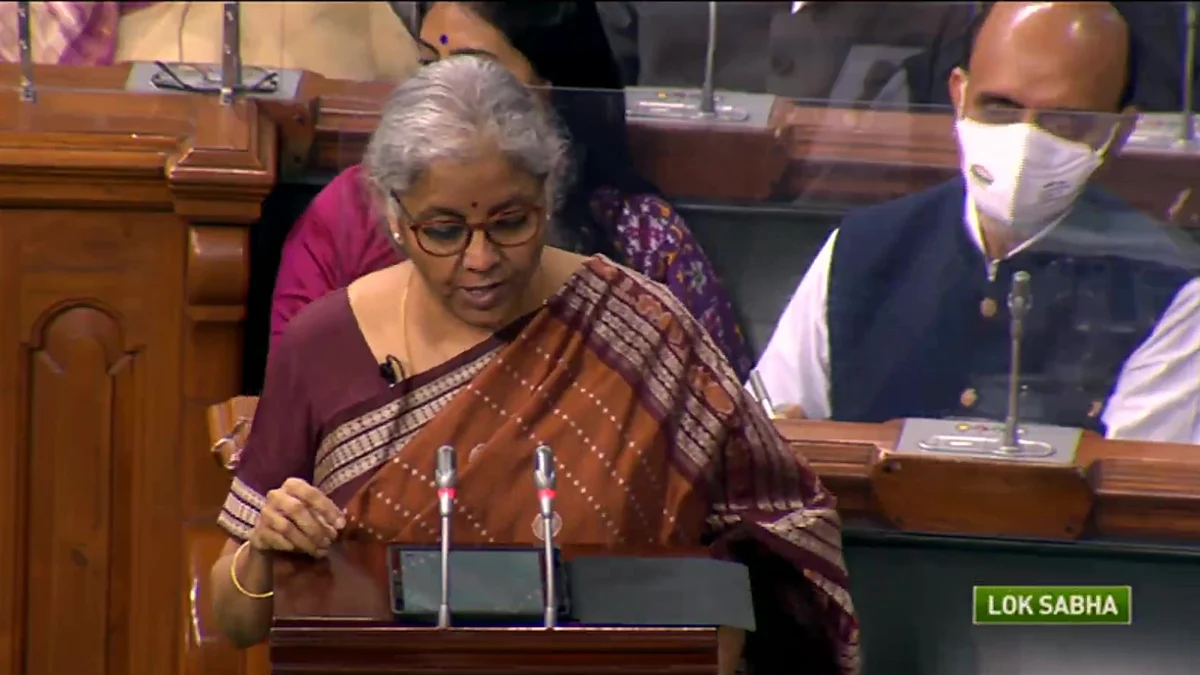Union Budget 2022: Eight wasted years of promises signifying nothing
BJP had promised an economic renaissance in 2014 but last eight years have only brought grief to the middle and working class. This is clearly the eighth wasted year in the economic history of India

Eight years ago, when Prime Minister Narendra Modi was pitching for the job, he talked about crores of new jobs every year to provide new opportunities to India’s youth. Eight years later, the government simply fails to acknowledge the elephant in the room- India’s massive unemployment problem.
As India struggles with the lack of policy direction, Budget 2022-23 was another non-event that fails to solve our pressing problems that we face as a nation. The budget offers little hope on employment and even less on inflation and rising costs of living. There were no rebates in Income Tax rates or in Excise Rates for petroleum products. It was clear that the Finance Minister’s 90-minute speech was little more than an annual ritual which brought little hope.
As details emerge, there are serious concern over possible cuts in food and fertilizer subsidies and cuts in other sectors which concern people directly. Early data indicates that Food Subsidy to Food Corporation of India under National Food Security Act has been reduced from Rs 2,10,929 crore (Revised Estimates 2021-2022) to Rs 1,45,919.9 crore. A decline of 65009.1 crore or 30.8% while subsidy on Urea has also been reduced from Rs 75,930.32 crore to Rs 63,222.32 crore.
The much bigger concern for us as Indians is the rising costs of ‘Interest Payment and Servicing of Debt’. This has gone up from Rs 8.13 lakh crore to Rs 9.40 lakh crore, a jump of 15.5% over last year. This now makes 23.8% of all expenditure against 21.5% last year.
The bigger question, however, is employment. A few days ago, thousands of young women had taken to streets to protest against the recruitment process in the Railways. What is important to note here was that 1.25 crore youth applied for 35,000 jobs, indicator of the crisis on the job front. Estimates now indicate that we are a nation with 20 crore missing jobs. Our demography suggests that we should have had 60 crore jobs but actual number of employed people is just around 40 crore.
The Finance Minister talked about creating 60 lakh jobs over the next five years. “The Productivity Linked Incentive in 14 sectors for achieving the vision of Atma Nirbhar Bharat has received excellent response, with potential to create 60 lakh new jobs, and an additional production of Rs 30 lakh crore during next 5 years,” the FM said.
There is nothing in the budget that indicates how this is going to be achieved and it may well end up like the many other schemes of the government which were supposed to deliver over a five year periods. We have already seen this happening with the Housing for All and Doubling Farmer’s income, both ending being high on optics and low on outcomes.
The FM took the opportunity to pat the government on the back, indicating that the economy has headed to boom time. “The overall, sharp rebound and recovery of the economy is reflective of our country’s strong resilience. India’s economic growth in the current year is estimated to be 9.2 per cent, highest among all large economies,” the FM said.
The fact is that the Indian economy continues to be where it was at the start of the pandemic. The total GDP was estimated to be around Rs 145 lakh crore in 2019-20 which was moved to around 147 lakh crore at the end of this fiscal, which indicates that the needle has barely moved and the 9.2% growth could be another statistical illusion, considering that the Indian economy was the among the hardest hit.
As corporate leaders and media panelists struggle to find reasons to laud the government on a budget that did not bring hope, the budget leaves India with a serious question- what has the government really achieved over the last eight years and what kind of legacy will the Modi government leave behind?
Indian GDP went up by more than three times during Manmohan Singh’s term as the Prime Minister, with several years of 8% plus growth. The Modi years have not only seen a growth slowdown but also a massive rise in income inequality, which has led to a vicious cycle, leading to reduction in consumption and hence, drying out of corporate investments in new projects.
The BJP had promised an economic renaissance in 2014 but last eight years have only brought grief to the middle and the working class. This is clearly the eighth wasted year in the economic history of India.
(Views are personal)
Follow us on: Facebook, Twitter, Google News, Instagram
Join our official telegram channel (@nationalherald) and stay updated with the latest headlines
